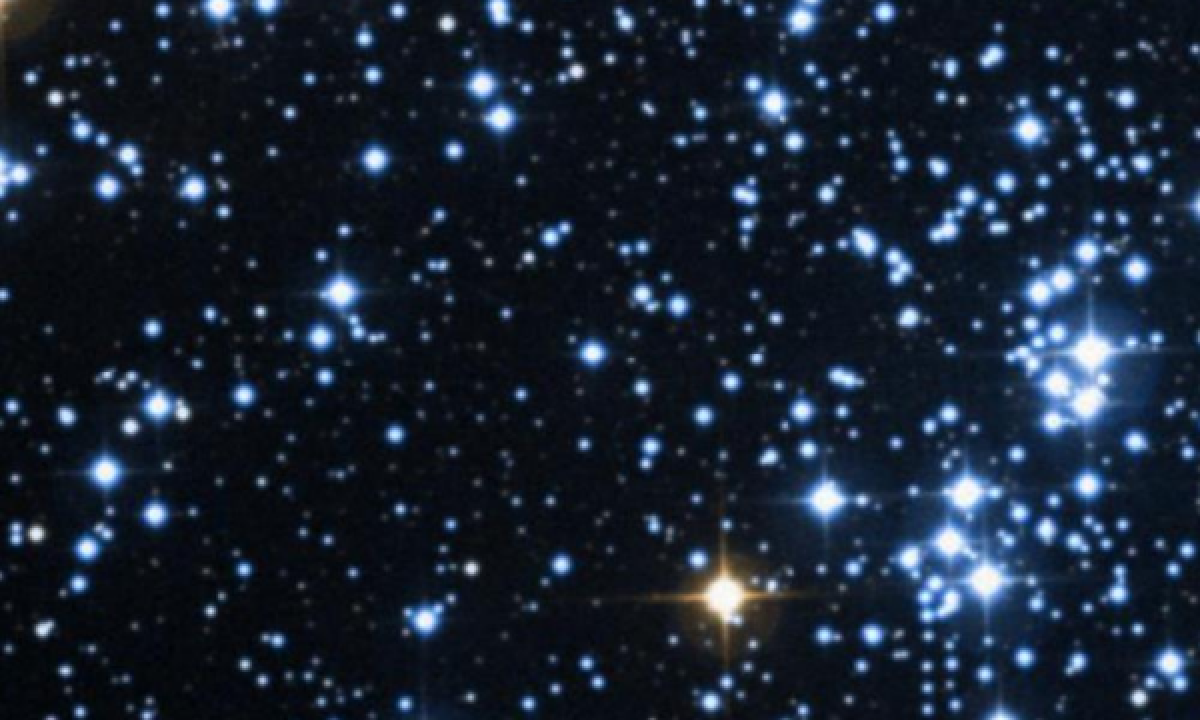The New General Catalogue of Nebulae and Clusters of Stars (abbreviated as NGC) is a catalogue of deep-sky objects compiled by John Louis Emil Dreyer in 1888. The NGC contains 7,840 objects, known as the NGC objects. It is one of the largest comprehensive catalogues, as it includes all types of deep space objects, including galaxies, star clusters, emission nebulae and absorption nebulae.
Know more about NGC
NGC 884

NGC 884 (also known as χ Persei) is an open cluster located 7640 light years away in the constellation of Perseus. It is the east component of the Double Cluster with NGC 869. NGC 869 and 884 are often designated h and χ Persei, respectively. The cluster is about 14 million years old. Located in the Perseus OB1 association, both clusters are located physically close to one another, only a few hundred light years apart. The clusters were first recorded by Hipparchus, thus have been known since antiquity. The Double Cluster is a favorite of amateur astronomers. These bright clusters are often photographed or observed with small telescopes. Easy to find, the clusters are visible with the unaided eye between the constellations of Perseus and Cassiopeia as a brighter patch in the winter Milky Way. The Double Cluster was also included in the Caldwell catalogue, a catalogue of astronomical objects for amateur observation. In small telescopes, the cluster appears as a beautiful assemblage of bright stars located in a rich star field. Dominated by bright blue stars, the cluster also hosts a few orange stars that add to the visual interest. Both clusters together offer a spectacular low-magnification view.
More Images:

Sources:
Wikipedia Page: NGC 884
NGC 884 at In-The-Sky website
